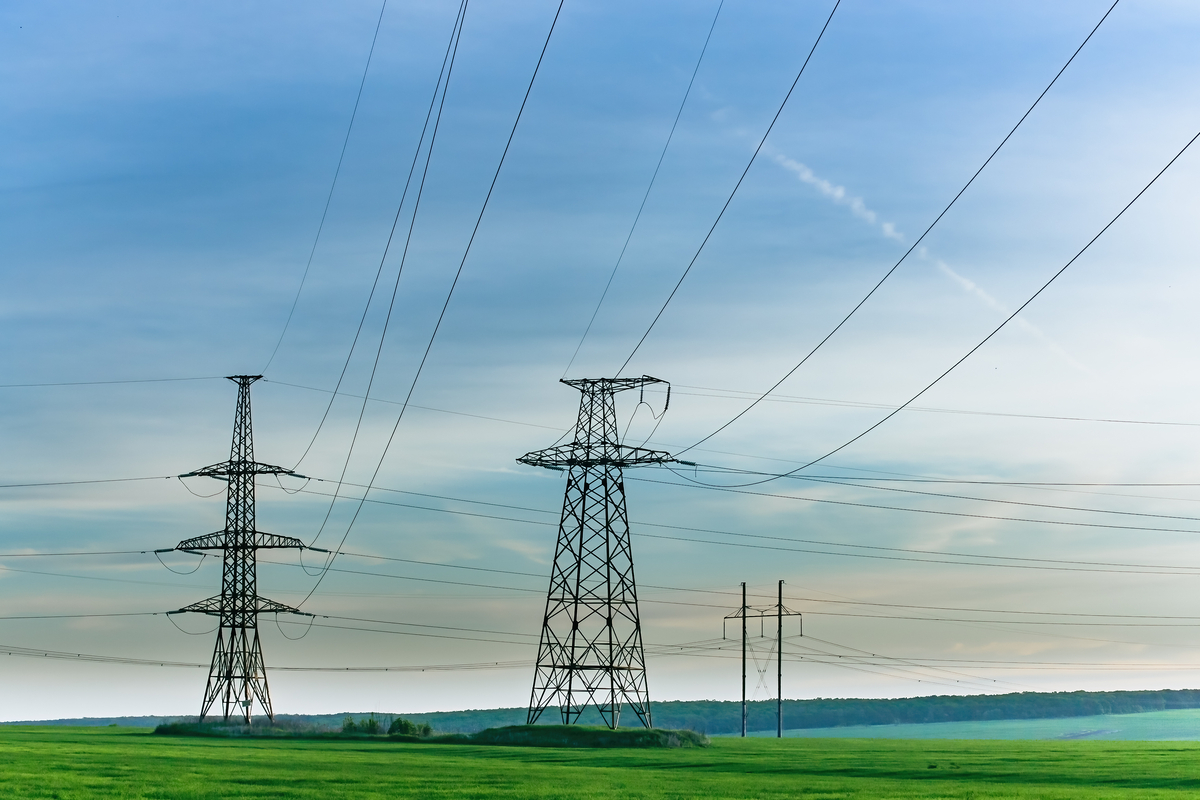
NFE
New Fortress Energy Inc.
$1.22
0
(0%)
| Exchange: | |
| Market Cap: | 347.154M |
| Shares Outstanding: | 67.916M |
About The Company
| Sector: | Utilities | |||||
| Industry: | Regulated Gas | |||||
| CEO: | Wesley Robert Edens | |||||
| Full Time Employees: | 722 | |||||
| Address: |
|
|||||
| Website: | https://www.newfortressenergy.com |
New Fortress Energy Inc. operates as an integrated gas-to-power infrastructure company that provides energy and development services to end-users worldwide. The company operates in two segments, Terminals and Infrastructure, and Ships. The Terminals and Infrastructure segment engages in the natural gas procurement and liquefaction; and shipping, logistics, facilities and conversion, or development of natural gas-fired power generation. The Ships segment offers floating storage and regasification units, and liquefied natural gas (LNG) carriers which are leased to customers under long-term or spot arrangements. The company operates LNG storage and regasification facility at the Port of Montego Bay, Jamaica; marine LNG storage and regasification facility in Old Harbour, Jamaica; landed micro-fuel handling facility in San Juan, Puerto Rico; marine LNG storage and regasification facility in Sergipe, Brazil; and LNG receiving facility in La Paz, Mexico, as well as Miami facility. New Fortress Energy Inc. was founded in 1998 and is based in New York, New York.
Click to read more…
Revenue Segmentation
EPS
Earnings Call
Income Statement
(* All numbers are in thousands)
Balance Sheet
(* All numbers are in thousands)
Cash Flow Statement
(* All numbers are in thousands)
Analyst Estimates
(* All numbers are in thousands)





